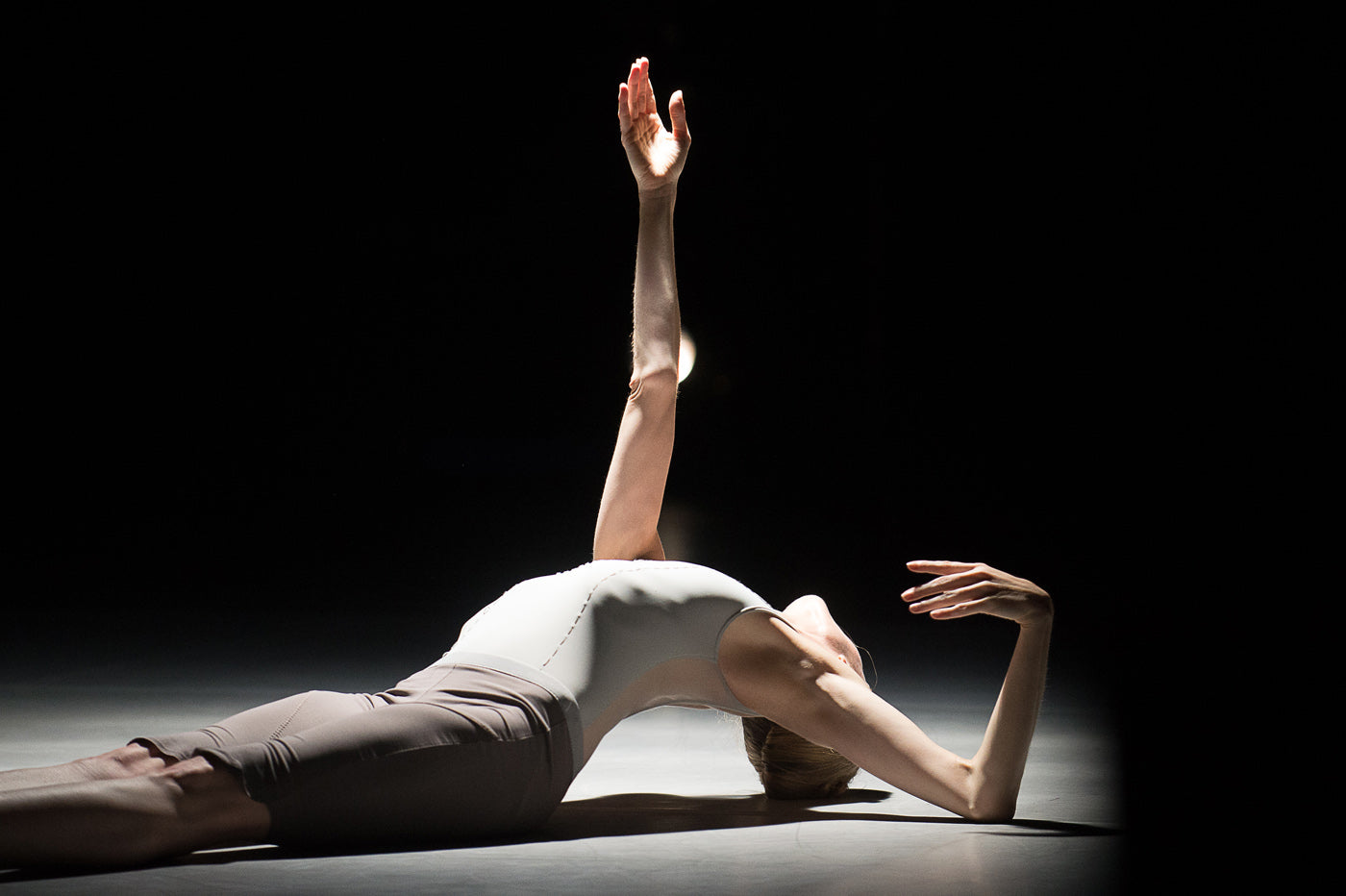Ultimate Release
Perhaps not since Mikhail Fokine’s 1905 iconic “The Dying Swan” has there been as haunting a solo dance depiction of avian death as Aakash Odedra Company’s “Songs of the Bulbul” (2024).
Continue Reading
World-class review of ballet and dance.
In a recent conversation with the Royal Opera House, Wendy Whelan compares “Restless Creature” to a flower blossoming, explaining “at the beginning it is a tight bud ... but as the programme goes on the movement unravels.” To take her analogy further, I’d liken the bill to a romantic relationship unfolding, one that blooms in the wake of desire and fights to flourish, despite losing a few petals to the tribulations of couplehood. This interpretation may represent but a personal take, but there's no denying the four duets at hand—each of which features a young male choreographer who doubles as a partner—meditate on weighty human dynamics like trust, power and independence. With each successive partner, Whelan flowers in a different way, the dancers' interaction deepening as they negotiate ways to intertwine while preserving the shreds of self that inform their respective strengths.
Performance
Place
Words

Wendy Whelan in “Restless Creature.” Photograph by Christopher Duggan


“Uncommonly intelligent, substantial coverage.”
Your weekly source for world-class dance reviews, interviews, articles, and more.
Already a paid subscriber? Login
Perhaps not since Mikhail Fokine’s 1905 iconic “The Dying Swan” has there been as haunting a solo dance depiction of avian death as Aakash Odedra Company’s “Songs of the Bulbul” (2024).
Continue ReadingDance, at its best, captures nuance particularly well, allowing us to feel deeply and purely. In its wordlessness, it places a primal reliance on movement and embodied knowledge as communication all its own. It can speak directly from the body to the heart, bypassing the brain’s drive to “make sense of.”
Continue Reading“Racines”—meaning roots—stands as the counterbalance to “Giselle,” the two ballets opening the Paris Opera Ballet’s season this year.
Continue Reading“Giselle” is a ballet cut in two: day and night, the earth of peasants and vine workers set against the pale netherworld of the Wilis, spirits of young women betrayed in love. Between these two realms opens a tragic dramatic fracture—the spectacular and disheartening death of Giselle.
Continue Reading
comments